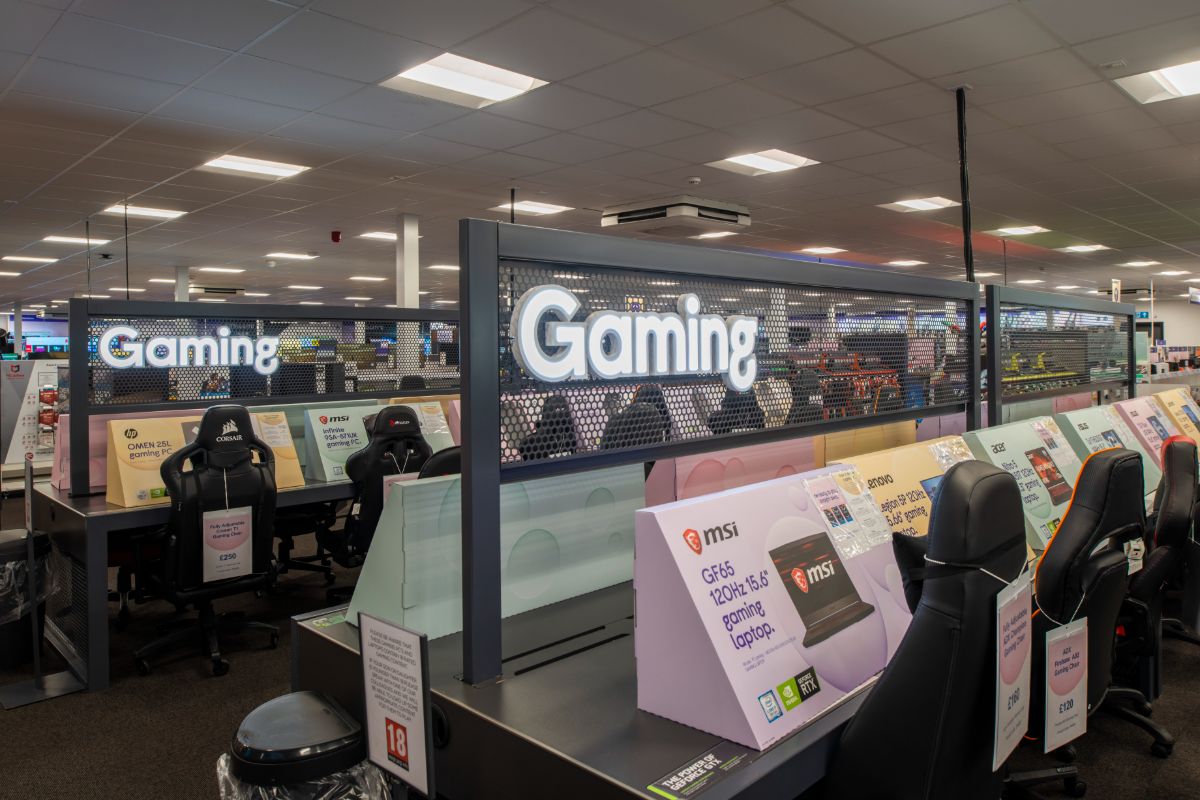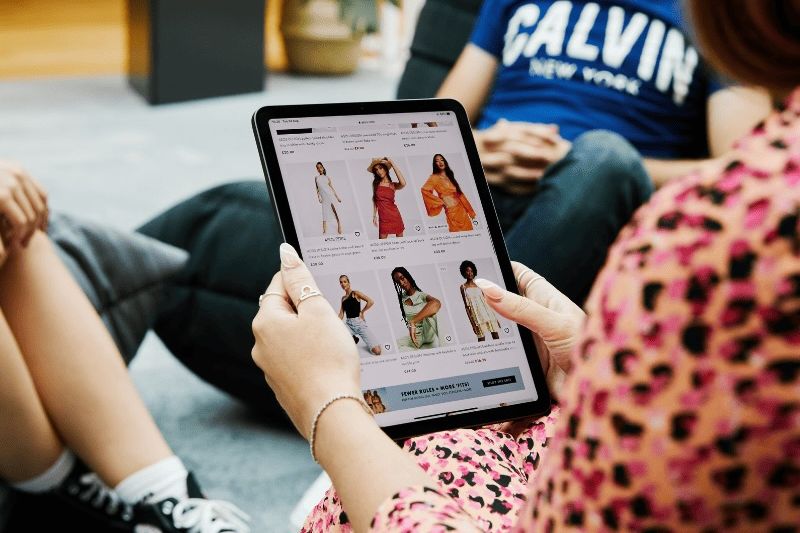Environmental apathy, customisable avatars and a new way of using the internet are the major consumer trends to watch in 2023.
According to the annual Connecting the Dots report from GWI – which looked at the shopping habits and perceptions of the web from more than 950,000 consumers worldwide – consumers are changing the way they spend, think and feel in line with global events.
Among these shifts are five key trends, says the report.
Buy now, save the planet later – sustainability appears to be at stake. It’s likely we’ll see the finger pointed at the economy for any setbacks in sustainability next year, but the issues run deeper.
Data from GWI reveals that in over 90% of countries surveyed, interest in news, politics, social issues and current affairs has declined since 2020, by 13% in the UK specifically. Consumers are struggling to find the headspace to both make ends meet and to live a more sustainable lifestyle.
You, me and my avatar in Web3 – 26% of internet users in the UK prefer to spend their time online. Recognising the importance of user-generated content and the customisation of avatars will be a top priority for brands looking to thrive in these immersive spaces. This is very important for the 75% of LGBTQ+ people surveyed who want to be able to change the physical appearance of their characters.
With 47% of consumers being interested in creating an avatar, with customizing appearance and identity a top priority, it’s likely we’ll see brands stepping up efforts to improve diversity and build inclusive settings for their new ‘digital identities’.
Live a little – consumers still plan to make room for little luxuries next year. Clothing is the only category to appear in the top three choices across all generations and genders globally. And with quality the main purchase driver, it’s unlikely we’ll see consumers downgrading their wardrobes just yet. Looking at specific retailers, the percentage of consumers shopping at Versace is up 61% in the UK since Q2 2021, owners of Tesla’s are up 67% and those shopping at TK Maxx, known for designer labels, are up 41% in the same period.
As seen on social media – we’re entering a new phase of ecommerce, driven by changes in the way we find and buy products. While finding information is still the main reason why people go online, more consumers are now getting their information on social media, with the number of people doing searches for brand or product information this way rising by 43% since 2015. This is particularly true for Gen Z in the UK, with a 14% drop in using the internet to find information and the percentage of UK Gen Zers using search engines to get more details on products dropping 11% since 2016.
Time online has hit a ceiling – has social media and the internet as a whole reached a tipping point? Data from GWI shows that average daily time spent online has dropped more in 2022 than any previous year, with the number of consumers saying they use social media less than they used to also up 17% since Q2 2020. The data also reveals that the number of consumers citing social media as a source of anxiety has grown 11% since Q2 2020. As time spent online drops following the pandemic, it will be up to brands to foster a more positive and welcoming environment in 2023 if numbers are to rise again.
Jason Mander, Chief Research Officer at GWI, comments: “Understanding consumers is more important than ever. We seem to be surrounded by crises right now, each of which have their own measurement of severity ie. GDP or global temperature. With our latest consumer trends report, we’re offering the view of how consumers feel, what the deeper impact is, and what changing consumer behaviour we’re seeing as a result of world events.
“This report can help anyone, anywhere understand the current consumer mindset and uncovers the trends that are set to dominate the year ahead.”









